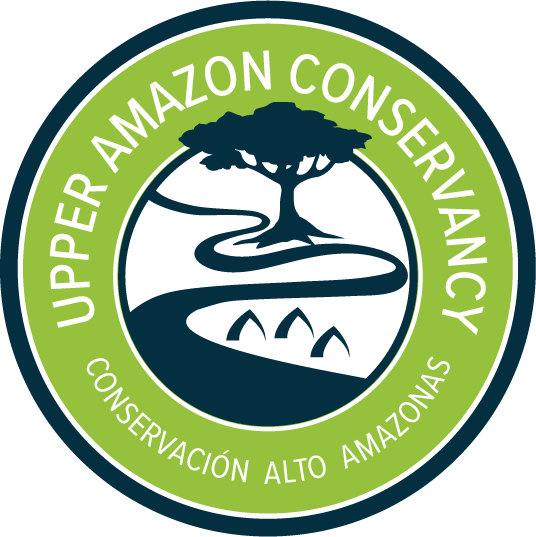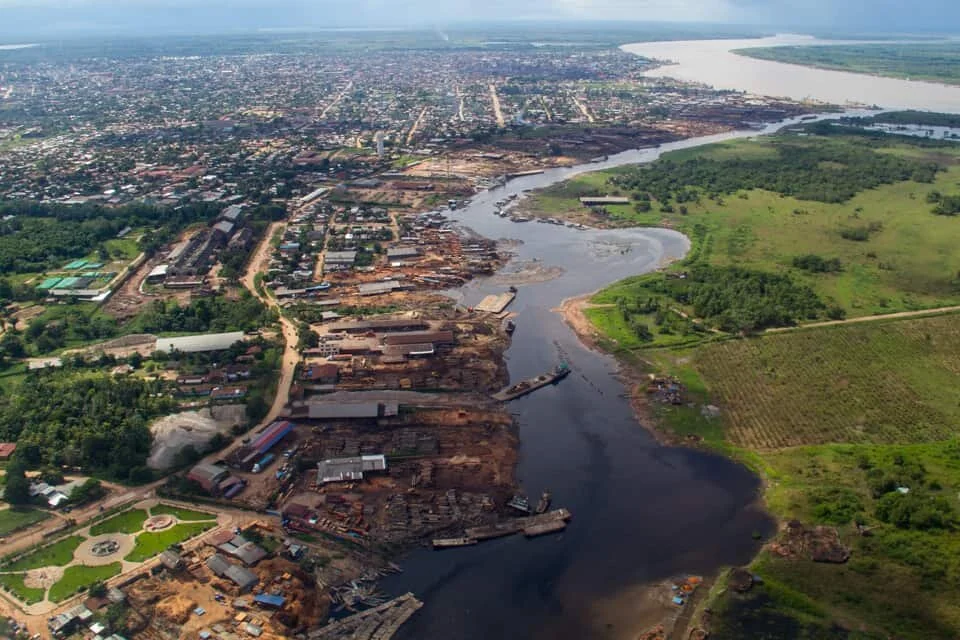UAC Leads Expedition to Raise Awareness of Threats to Peru’s Isolated Tribes
National Geographic photographer Charlie Hamilton James, photographer / filmmaker Jason Houston, and UAC director Chris Fagan pose with villagers on the Yurua River. Members of the Chitonahua tribe, Cándida and Abel were contacted by loggers in the mid-1990’s.
June 2017: In May, UAC led a team affiliated with National Geographic Magazine to remote parts of the Alto Purús region as part of its campaign to raise awareness of the threats to the forests of southern Peru and the isolated tribes who live there–some of the last indigenous people living in isolation on earth. Over the past several years, there has been a dramatic increase in sightings of the tribes near remote villages and protected area control posts as well as violence. While the causes for this change of behavior are undoubtedly complex, the sightings coincide with more illegal logging and drug smuggling. It is possible that the tribes are being forced from their territories into more populated areas.
UAC is working with various government and indigenous partners to document how Peru’s aggressive policies to open up the Amazon to logging, oil and gas exploration, and road construction are impacting some of the last isolated tribes on earth. Community Vigilance Committees made up of local men and women play a key role in monitoring and documenting illegal activities in these remote and difficult to access areas. Accurate information on threats is necessary to develop appropriate strategies to protect the isolated tribes and the forests they depend on. Equally important, we need to ensure that when the tribes decide to leave isolation, they are provided with adequate support for healthy and ethical integration into modern society.
Ashéninka men on the Alto Yurúa River in May. Members of community vigilance committees, they have a critical role in helping the government prevent illegal activities in remote areas where isolated tribes live.
Sawmills in the city of Pucallpa. Most of the wood is cut illegally in protected areas and indigenous lands and transported by raft or barge on the Ucayali River (in background).
Elena is a member of the Mastanahua tribe. She and three others were contacted by missionaries ten years ago and are considered still in “initial contact.” The rest of her tribe remains isolated, but are raiding communities with increasing frequency.




